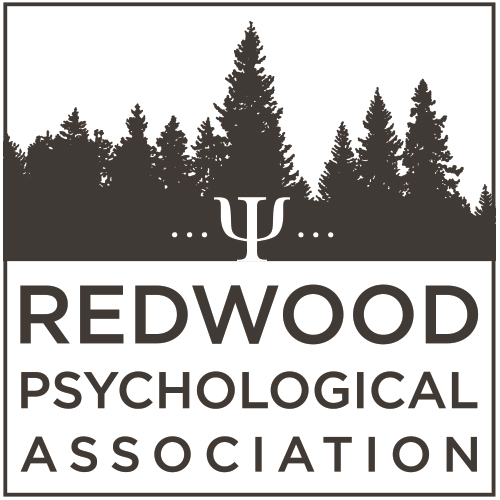by Achilleas Pavlou, University of Essex.
More than half of us have at least once in their lifetime experienced awareness of dreaming in the moment and, in some cases, the ability to direct a dream like a sleepy Steven Spielberg. Nearly a quarter of us report lucid dreaming once a month or more.
Two key changes in the brain appear responsible for these states. The frontotemporal cortex, which controls our higher cognitive abilities and is inhibited during normal dreams, shows higher activation during lucid dreams. Researchers also observe an increase in gamma waves, synchronized firing by groups of neurons at a frequency implicated with conscious awareness and executive functions such as voluntary action and decision-making.
Scientists are interested in how to influence the brain to enter into these states—and not just for the fun of it. They hope that lucid dreaming will provide valuable insight into how consciousness is formed, as well as being of practical use in many settings.
For example, lucid dreaming therapy holds great potential as a treatment for sufferers of chronic nightmares and Post-Traumatic Stress Syndrome (PTSD). People afflicted with PTSD usually experience recurrent nightmares which are usually centered around a single traumatic event. These recurrent nightmares are so terrifying that they cause anxiety, insomnia and disturbed sleep, which then negatively impacts daytime functioning. With lucidity, nightmare sufferers can realize that what they are experiencing is not real and subsequently turn the nightmare into a positive or a neutral dream.
For the FULL Article click:
https://www.newsweek.com/lucid-dream-howto-guide-instructions-1445163






